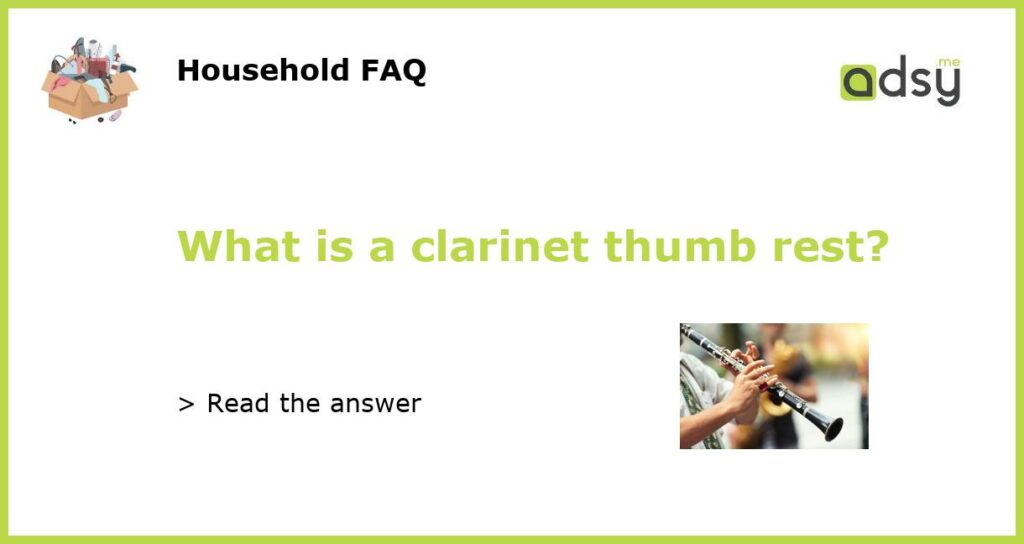Understanding the Clarinet Thumb Rest
If you’ve ever played the clarinet, you will know how important it is to maintain a stable grip on the instrument. To do so, the thumb rest, also known as the thumb support, plays a critical role. In this article, we will explore the purpose of a clarinet thumb rest, its design, and its role in playing the clarinet.
What is a Clarinet Thumb Rest?
A thumb rest is a metal rod that extends from the body of the clarinet and provides a place for the musician’s thumb to rest while playing. Because the clarinet is a relatively heavy instrument, the thumb rest helps the player balance the instrument’s weight and stabilize their grip. The thumb rest is typically located on the back of the clarinet, just below the register key.
The Role of the Clarinet Thumb Rest
Playing the clarinet requires a lot of finger dexterity and control, and the thumb rest is an essential tool to help the musician achieve this. When the thumb is placed on the rest, the weight of the instrument is distributed evenly between the thumb and the other fingers, allowing for a more stable grip. Without a thumb rest, the player is more likely to drop the instrument or lose control, which can negatively impact their performance.
The Design of the Clarinet Thumb Rest
Thumb rests are made from a variety of materials, including metal and plastic. Some models are adjustable and can be moved up or down to accommodate different hand sizes. Others are ergonomically designed to reduce pressure on the thumb and improve playing comfort. The placement and height of the thumb rest can also vary depending on the brand and model of the clarinet.
In conclusion, the thumb rest is a critical component of the clarinet that helps musicians maintain balance and control when playing the instrument. Whether you are a beginner or an experienced player, it is essential to choose a clarinet with a comfortable and well-designed thumb rest to maximize your playing potential.






